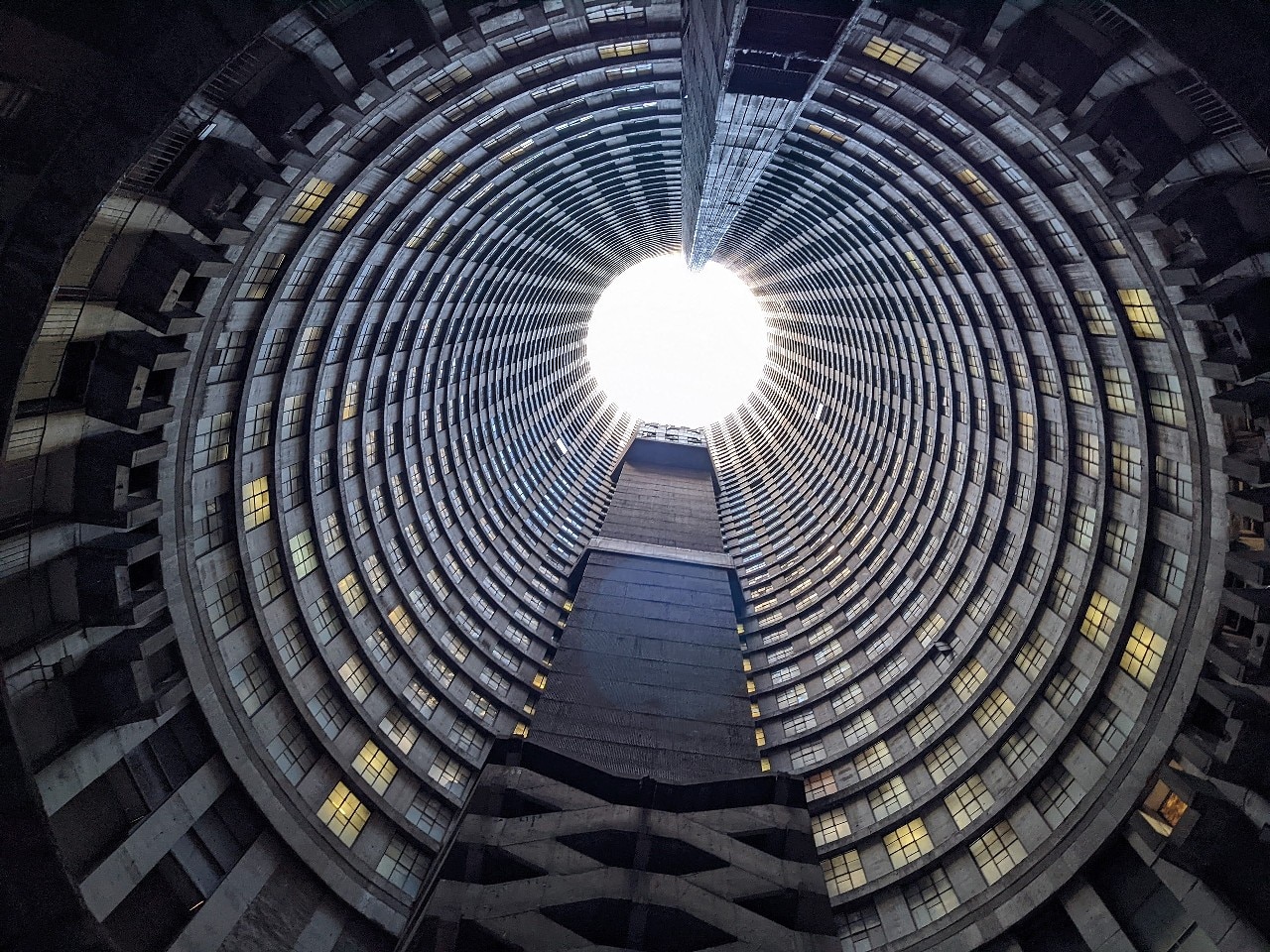The issue of high-density collective living is frequent in the history of architecture and not devoid of complexity.
The design of large-scale and highly concentrated residential interventions usually stems from the need to satisfy the housing demand of a vast and deprived population, which is particularly urgent in certain historical periods such as during post-war reconstruction, the economic boom or as a result of the massive flows of urbanisation that periodically hit contemporary cities.
Architecture has elaborated its own models to cope with these emergencies: "macro-architectures" capable of offering masses in difficulty an economically accessible home, but also self-sufficient "microcosms" equipped with services and infrastructures, where the balance between private and public spaces contributes to generating identity of place and a sense of community. Starting with Le Corbusier's Unité d' Habitation, several works are an example of this. Beyond the differences and the outcomes actually achieved, these interventions have had as a common denominator a vision of architecture that is eminently social, aimed at understanding the evolutionary dynamics of the contemporary city and the problems related to them, and transforming them into design challenges: from the laconically anti-hedonist and functional constructions of Brutalism (Oscar Neimeyer, Luigi Carlo Daneri, Jean Renaudie and Renée Gailhoustet, Mario Fiorentino), to the modular and assemblable organisms of Metabolism (Yoji Watanabe) and those inspired by them (Aldo Luigi Rizzo, Zvi Hecker), to the ironic and unprejudiced realisations of Postmodenism (Manuel Nunez Yanowsky), up to more recent interventions (BIG).
However, if the utopian fascination of the Falansterio prefigured by Charles Fourier - the colossal collective building capable of accommodating between 1,600 and 2,200 people - also seduced Le Corbusier, today this term is derogatorily associated with a dehumanising and massified architectural model, often recognisable in the so-called 'honeycombs' overflowing with people and physical and social decay that dot the suburbs all over the planet.
Notwithstanding judgments on the works, the success of which often relies not only on design quality but also - and not secondarily - on efficient and appropriate public policies, the issue of large scale and density in residential architecture is still relevant today.
As sociologist Richard Sennett states in Domus 1046, while density is often considered the genesis of all evils - from traffic congestion, to crime, to poor architectural quality - "density is the logic of cities" and building in density can mean reducing land consumption, lowering the environmental impact of mobility by reducing distances, encouraging the construction of relational networks in a logic of proximity, as advocated by the theory introduced by Carlos Moreno of the 'city of 15 minutes', according to which an inhabitant can walk to everything he or she needs in a very short space of time.
It is obvious that building density without a programmatic and multisectoral vision of urban development triggers degenerative pathological processes in which the phenomena of decay are more exacerbated.
However, in a time of crisis of natural resources and in an increasingly global and 'liquid' society, to quote Zygmunt Bauman, where boundaries and social references are increasingly blurred and interpersonal isolation a form of habit, it does not seem inappropriate to reflect on the scheme of the highly concentrated residential macro-structure, with all the lights and shadows it entails: from a container of stagnant discomfort, to a possible functional and functioning urban ecosystem.

























